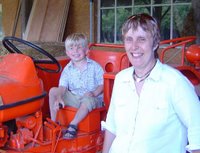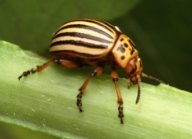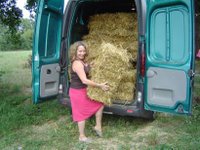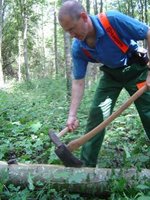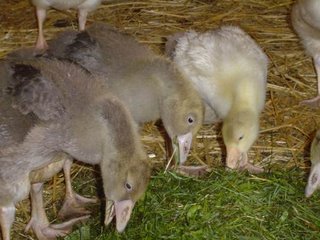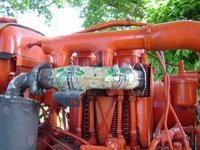
This week’s mistakes, or should we try to put a positive slant on them by euphemising them as “negative situations with positive learning experiences”? As you can see from the photo above, I’ve made the door to the goose house (and, unfortunately, the chicken house as well) too small to get the wheelbarrow in. I even measured other doors around the house by way of comparison, and the width of my shoulders, etc., before deciding on a relatively small width in the hope that they would be more rigid, i.e., less prone to sag. With ten birds in each house, there’s a lot of dirty straw heading towards the compost heap and clean stuff going the other way. Being able to wheel it straight in would have been so much easier!
And the next? One of our vegetable patches has been noticeably less successful than the others, and we are struggling to get our rocket (a salad vegetable that normally grows as easily as a weed) and pak choi (cut and come again Chinese cabbage) off and running. When Gabrielle was searching around for information on the Colorado beetles (see July 23rd blog below) she discovered that sage has an allelopathic effect on other plants and can inhibit seed germination and plant growth. We had ripped out a sprawling sage bush to plant up this particular bed, which might explain our problem. We’ve removed the failing plants, added more fresh compost and started again.
(Pauline, with a house in Morbihan, Brittany: thanks for your email but we've been unable to email you back, for some unexplained technological reason. Please try to contact us again.)


